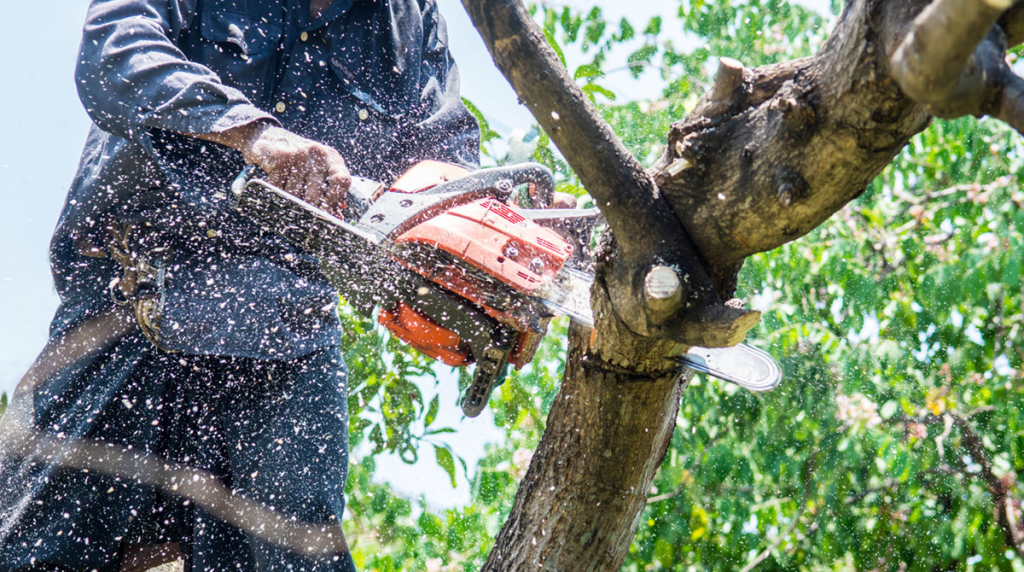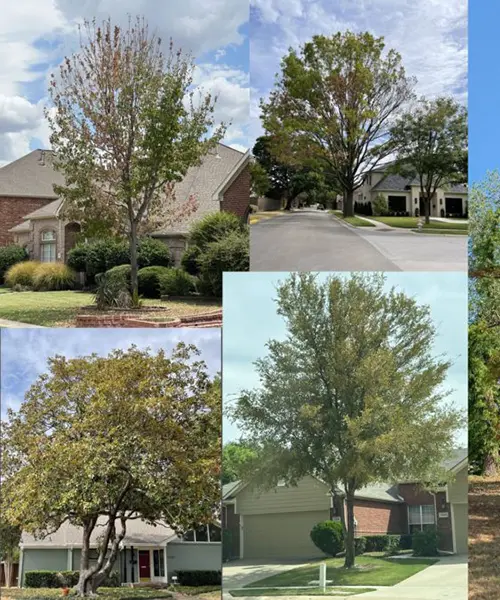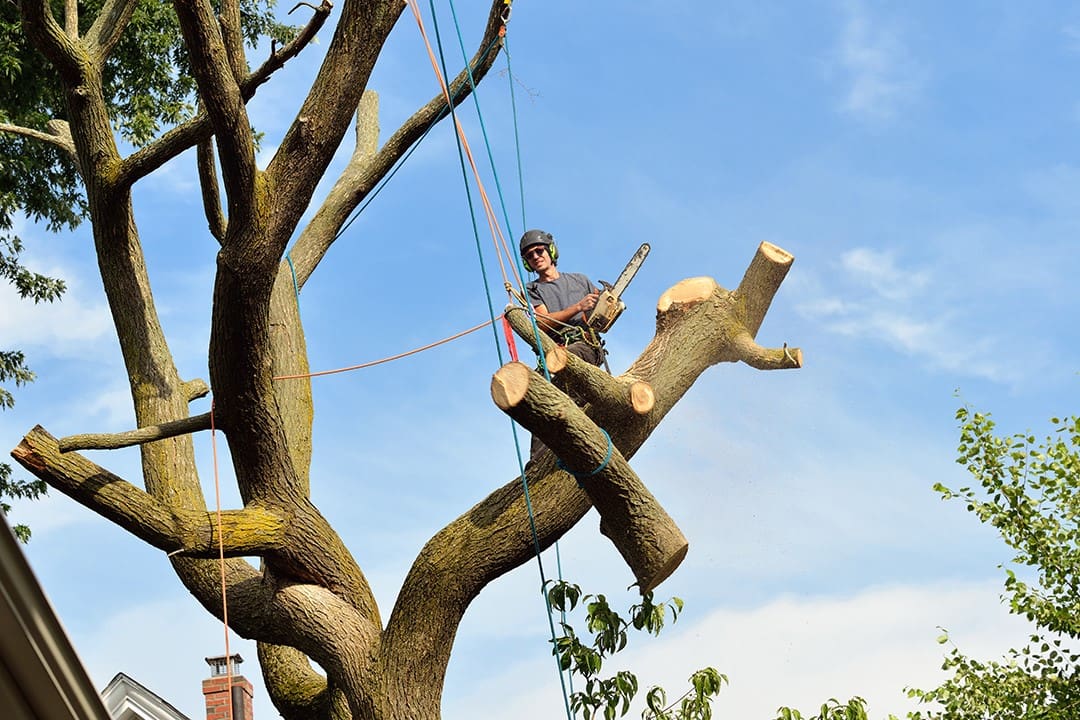Tree Health and Maintenance
7 Best Methods for Enhancing Soil Health for Trees


As a tree enthusiast, I’ve always marveled at the incredible strength and beauty of these majestic beings.
But did you know that their health and vitality are deeply connected to the health of the soil they grow in?
In fact, soil is like a nurturing parent, providing essential nutrients and support for tree growth.
In this article, I’ll share with you seven best methods for enhancing soil health for trees, so you can ensure your leafy companions thrive and flourish.
Soil Testing and Analysis
One crucial step in enhancing soil health for trees is conducting a comprehensive soil testing and analysis.
Soil testing provides valuable information about the nutrient levels, pH balance, and other key factors that affect tree growth and health.


By analyzing soil samples, we can determine the specific needs of the tree species and make informed decisions about fertilization and soil amendments.
This scientific approach helps us create an optimal environment for tree growth and ensures that the soil provides all the necessary elements for healthy root development and nutrient uptake.
Additionally, soil testing allows us to identify any potential issues such as soil compaction or contamination, which can be addressed to prevent further damage to the trees.
Organic Matter Amendment
After conducting a comprehensive soil testing and analysis, it’s time to focus on the organic matter amendment for enhancing soil health for trees.
Organic matter amendment refers to the addition of plant-based materials, such as compost or decomposed leaves, into the soil. This practice has numerous benefits for tree growth and overall soil health.
Firstly, organic matter improves soil structure by enhancing its ability to hold water and nutrients. It also promotes the growth of beneficial microorganisms, which aid in the decomposition of organic matter and nutrient availability for trees.
Additionally, organic matter amendment enriches the soil with essential nutrients, such as nitrogen, phosphorus, and potassium, vital for tree growth.


Transitioning into the next section on proper mulching techniques, it’s important to understand how mulch can further enhance soil health and tree growth.
Proper Mulching Techniques
Continuing from the discussion on organic matter amendment, I’ll now delve into the proper mulching techniques that can further enhance soil health and tree growth.
Mulching is an effective practice that provides numerous benefits to trees and their surrounding soil. To begin, it helps conserve soil moisture by reducing evaporation and suppressing weed growth. Additionally, mulch acts as a protective layer, shielding tree roots from extreme temperatures and preventing soil erosion.
When applying mulch, it’s crucial to follow these guidelines: spread a layer of organic mulch, such as wood chips or shredded leaves, around the base of the tree, ensuring a depth of 2-4 inches. However, be cautious not to let the mulch touch the tree trunk directly, as this can lead to rotting and pest infestation.
Lastly, it’s important to regularly monitor and replenish the mulch layer to maintain its effectiveness. With proper mulching techniques, we can foster a healthy environment for trees to thrive.
In the subsequent section, I’ll discuss the importance of balanced fertilization practices in promoting optimal tree growth and vitality.
Balanced Fertilization Practices
To ensure optimal tree growth and vitality, it’s essential to implement a balanced fertilization practice. By providing trees with the necessary nutrients, we can promote healthy root development, enhance foliage growth, and improve overall resistance to diseases and pests.


Here are three key points to consider when implementing a balanced fertilization practice:
- Nutrient analysis: Conduct soil testing to determine the specific nutrient requirements of your trees. This will help you tailor the fertilizer application to meet their needs precisely.
- Timing and frequency: Apply fertilizers at the appropriate time, considering the growth stage of the trees. Regular but controlled applications throughout the year can ensure a consistent supply of nutrients.
- Proper application techniques: Apply fertilizers evenly and avoid excessive use, as this can lead to nutrient imbalances and environmental damage.
By following these balanced fertilization practices, you can provide your trees with the nutrients they need for optimal health and growth.
Now, let’s explore the next section on composting and vermicomposting, which can further enhance soil health and fertility.
Composting and Vermicomposting
Now, let’s delve into the benefits of composting and vermicomposting for enhancing soil health for trees.
Composting is the process of decomposing organic materials, such as kitchen scraps, leaves, and yard waste, into nutrient-rich compost. This natural fertilizer improves soil structure, increases water retention, and enhances nutrient availability for tree roots.
Vermicomposting, on the other hand, involves the use of worms to break down organic matter. These earthworms consume the organic waste and excrete nutrient-rich castings, which greatly benefit tree growth and overall soil health.
Both composting and vermicomposting promote the growth of beneficial microbes in the soil, which aid in nutrient cycling and disease suppression.


By incorporating these practices into tree care routines, we can create a more sustainable and thriving ecosystem for our trees.
Moving forward, let’s explore the importance of soil aeration and drainage improvements.
Soil Aeration and Drainage Improvements
Improving soil aeration and drainage is essential for enhancing tree health. Adequate aeration and drainage allow for optimal root growth, nutrient uptake, and water movement within the soil. Here are three key methods to improve soil aeration and drainage:
- Soil cultivation: Regularly loosening compacted soil helps to increase pore space, allowing air and water to penetrate more easily. This can be achieved through practices such as tilling, plowing, or aerating.
- Organic matter addition: Incorporating organic matter into the soil, such as compost or well-rotted manure, can improve soil structure and porosity. This enhances aeration and drainage by increasing the soil’s ability to hold air and water.
- Installing drainage systems: In areas with poor natural drainage, installing subsurface drains or French drains can help remove excess water and prevent waterlogging. These drainage systems facilitate the movement of water away from the tree’s root zone.
Beneficial Microorganism Application
One effective way to enhance soil health for trees is through the application of beneficial microorganisms. These microorganisms, such as mycorrhizal fungi and rhizobacteria, form symbiotic relationships with tree roots, promoting nutrient uptake and providing protection against pathogens. By adding these microorganisms to the soil, we can improve tree growth, resilience, and overall health.
Beneficial microorganisms work by enhancing nutrient availability and cycling in the soil. They help break down organic matter, releasing essential nutrients like nitrogen, phosphorus, and potassium, which are vital for tree growth. Additionally, they can produce enzymes that degrade harmful substances in the soil, improving its quality.
The application of beneficial microorganisms can be done through various methods, such as seed treatments, root dips, or soil amendments. These methods introduce the microorganisms directly to the tree’s root zone, allowing them to establish and colonize the soil.


Hello there! I’m Logan Foster, the green-thumbed social media marketer behind the vibrant world of 1800TreeGuy.com. With roots firmly planted in arboriculture, I’ve branched out to help clients cultivate their dream outdoor spaces, one leafy canopy at a time. My knack for nurturing nature is more than a profession—it’s a way of life.
When I’m not talking trees and teaching the art of arboreal care, you can find me cheering on the Bulldogs—my alma mater’s pride and my forever team. My environmental studies there didn’t just teach me about ecosystems; they instilled a lifelong passion for protecting our planet.
Off the clock, I’m an adventurer at heart. Whether it’s trekking the Appalachian trails, pedaling down a mountain path, or crafting guides to share the wonders of the wild, I’m happiest with soil under my nails and the sun on my face. And let’s not forget Yoda, my pug sidekick. He may not have mastered the art of stillness, but his joyful grins are my daily dose of happiness.
I’m all about making connections—between people and the great outdoors and between my clients and their ideal landscape visions. My approach is personal; every tree has a story, and every garden reflects its caretaker.
If you want to green your scene or share in my outdoor escapades, give me a shout on Instagram or Facebook. Let’s cultivate a conversation and grow a community rooted in a love for the lush life.







